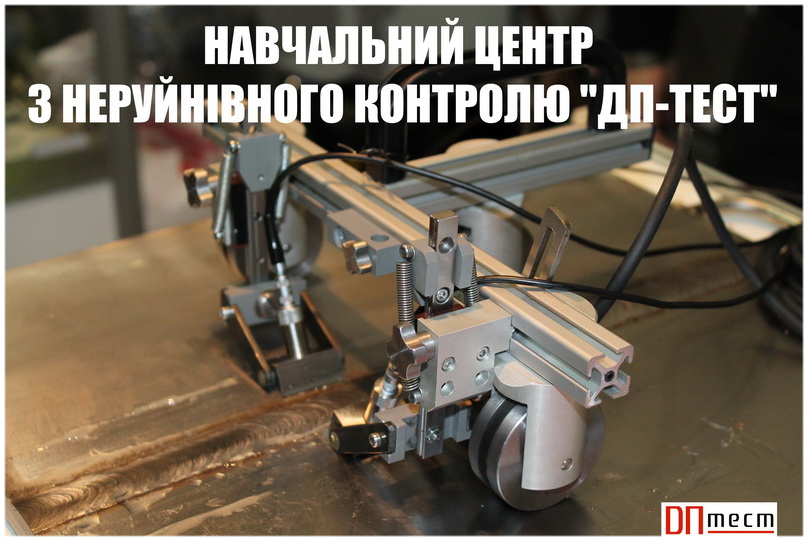This qualification thesis is dedicated to the development of a modern web application for a network-based fire threat detection system operating in real-time. The work emphasizes the relevance of fire safety issues amid the increasing complexity of engineering infrastructure, growing loads on electrical systems, and the rising risk of fire outbreaks. Traditional systems typically react to the physical presence of fire indicators such as smoke or elevated temperature, whereas the proposed solution focuses on preventive detection by continuously monitoring critical parameters: temperature, humidity, voltage surges, gas concentrations, and more.
The theoretical part analyzes the physical principles of combustion, approaches to sensor signal processing, modern methods for false alarm filtering, and architectural features of intelligent safety systems. The research confirms the effectiveness of combining traditional detection methods with innovative approaches, including the use of machine learning algorithms, multiparametric analysis, and adaptive filtering.
From a technical perspective, a flexible and scalable client-server architecture was implemented. The frontend is built using a modern technology stack: Vue 3, Nuxt 4, Tailwind CSS, and Nuxt Charts, ensuring high interface responsiveness, automatic data updates, state color indication, and alert generation. The backend is implemented with Node.js using Hono.js, and data is stored in PostgreSQL using Drizzle ORM. Docker was used to simplify deployment and ensure system stability in various environments.
Particular attention was paid to the modularity of the system: separate components were developed for data collection, processing, analysis, notification generation, and interface control. The analytical algorithms are based on threshold values and statistical methods using sliding windows and gradient evaluation. System state management is implemented with Pinia, and the use of VueUse composables helped reduce code duplication and simplify the interface logic.
The system was tested in conditions closely approximating real-world operation. All functional modules were verified for stability, data processing accuracy, graph rendering, threat notifications, and adaptability to new sensor types. The results demonstrate high accuracy in threat detection and minimal false alarms.
The developed system has significant potential for implementation in safety systems, both in residential and industrial environments. The centralized web application enables convenient access from any device, integration with other building automation systems, and scalability according to user needs. This aligns with modern technological trends under the Smart Home and Industrial Internet of Things (IIoT) concepts.
The thesis consists of an introduction, three chapters, conclusions, 19 figures, a list of 24 references, and appendices. The total length of the work is 66 pages, with the main content presented on 54 pages.
Research advisor: H. Bogdan









